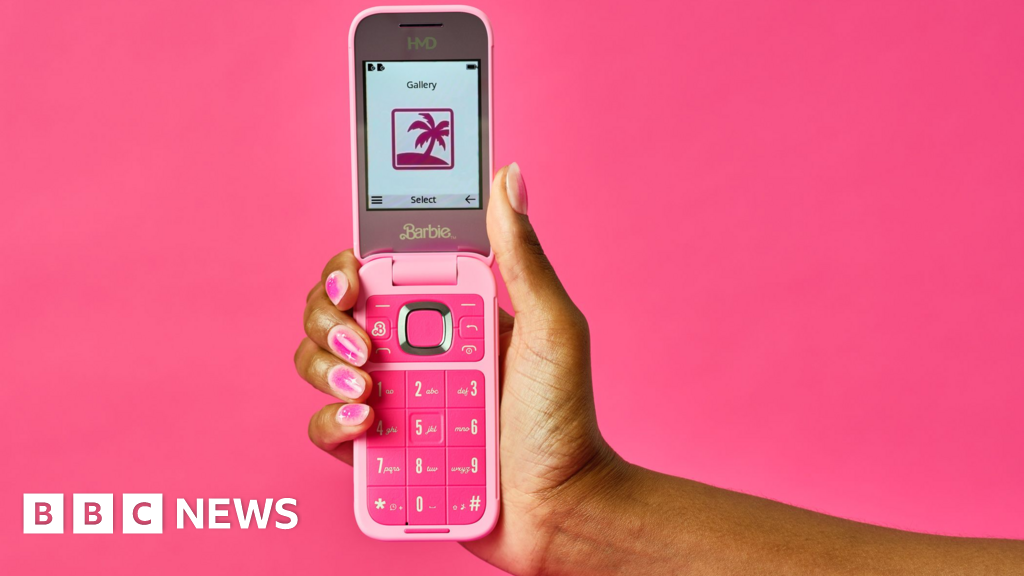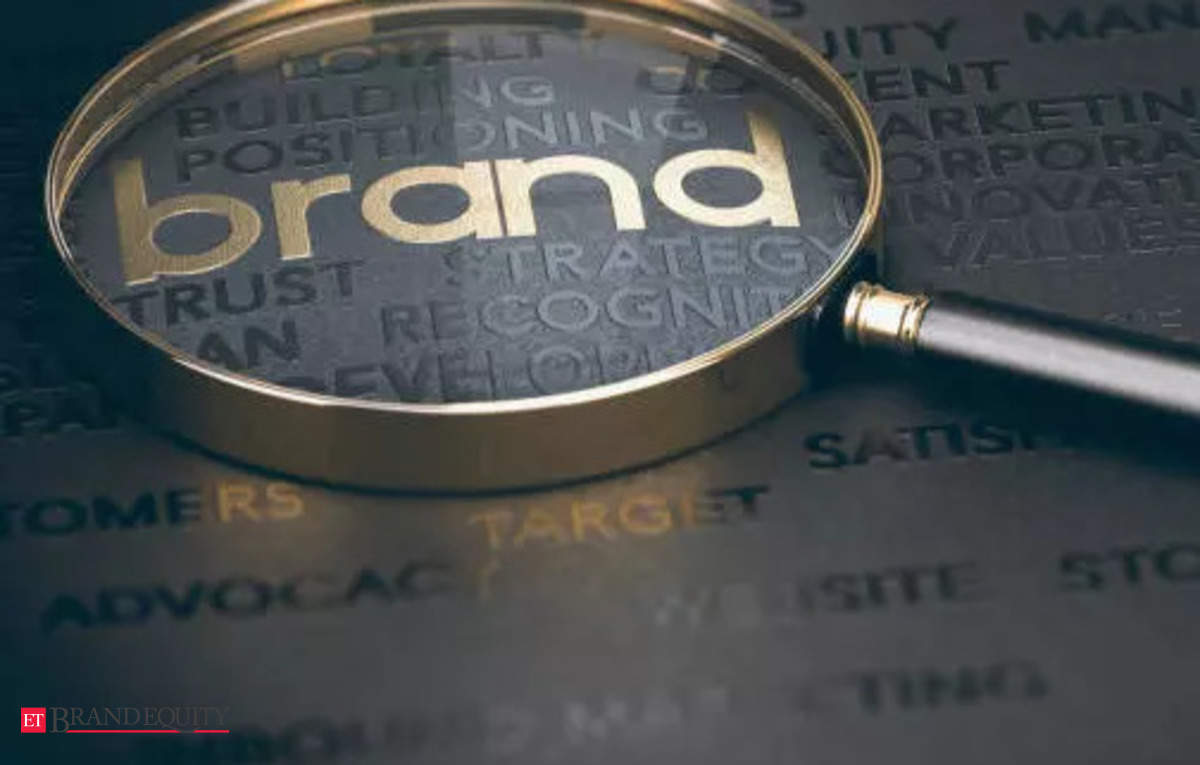Pink Phone Promises Digital Detox: Can Barbie Beat Smartphone Addiction?

A Barbie-branded phone has been launched in the UK and Europe, marketed as a tool to help young people take a break from their smartphones. The device, manufactured by HMD (also behind Nokia phones), is a distinctly pink and basic offering, lacking a front camera, featuring only one game, and with very limited internet access.
HMD claims to be responding to a "surge" in demand for reduced digital impact on people's lives. However, critics argue that teaching people healthy and controlled smartphone use would be a more effective approach.
Concerns about children's excessive smartphone use are growing, with parents and campaigners urging limits or even complete bans on the devices. Fears range from potential for shorter attention spans to exposure to harmful or illegal content. Some schools are taking action, with notable examples including Eton College, which provides some pupils with "brick phones" capable only of calls and texts, aiming to "balance the benefits and challenges that technology brings to schools". Mobile network EE recently added its voice to the debate, advising against smartphones for children under 11.
Lars Silberbauer, a senior executive at HMD, maintains that the company is responding to these trends. "We've seen this surge which started in the US coming to Europe, that more and more people actually want to not be having a digital experience all the time," he said.
While some may question the purity of HMD's motives â Silberbauer admitted to wanting to incorporate a messaging platform like WhatsApp â a day spent using the Barbie phone highlighted its effectiveness as a digital detox due to its limited functionality. The phone lacks an app store and touchscreen, eliminating social media and restricting communication to basic SMS messages. This minimalist approach removes distractions like "read receipts" and typing indicators, significantly reducing the frequency of texts received.
Even with predictive text, the numeric keypad proved slower than a touchscreen keyboard, encouraging more phone calls instead. The limited entertainment options â Malibu Snake, a pink version of the classic Nokia game â quickly become repetitive. However, the phone attracted considerable attention, particularly from girls and young women, during a walk around Glasgow city centre.
Despite its potential for digital detox, there is a risk of parents facing demands for the phone instead of a smartphone, potentially creating a new form of consumer pressure. The phone's launch price of £99 in the UK, twice that of a non-branded Nokia feature phone, further highlights the potential for it to be seen as a piece of branded merchandise rather than a tool for digital well-being.
Ben Wood, a phone expert with his own museum of devices, believes that while the phone might be a novelty purchase, maintaining a digital detox beyond a single day will be challenging. "Iâd imagine quite a few people will be tempted to buy it as a bit of fun, but in reality, everyone is so dependent on their smartphones that anything more than the odd day of detox will be a stretch," he said.
Nonetheless, Wood acknowledges the market for "dumbphones", estimating that around 400,000 will be sold in the UK this year, a niche that HMD can tap into.
Some experts argue that removing smartphones entirely is not a realistic solution, given their integration into modern life. They advocate for teaching children how to use smartphones responsibly. "What we should be doing instead is thinking about, how do we build really good, really long term, sustainable digital literacy skills in that generation," says Pete Etchells, professor of psychology and science communication at Bath Spa university. He believes that "we could all be better at using our phones in a healthier and more resilient way."
HMD is also developing a separate device, designed in collaboration with parents. With over 1,000 participants in the project, the company acknowledges that the final product might be a hybrid, bridging the gap between a dumbphone and a smartphone. "Do I want the smartphone with all the bells and whistles, or do I want to have something that can actually help me have a more considered approach to digital? That's the choice we want to deliver,â said Silberbaum.





